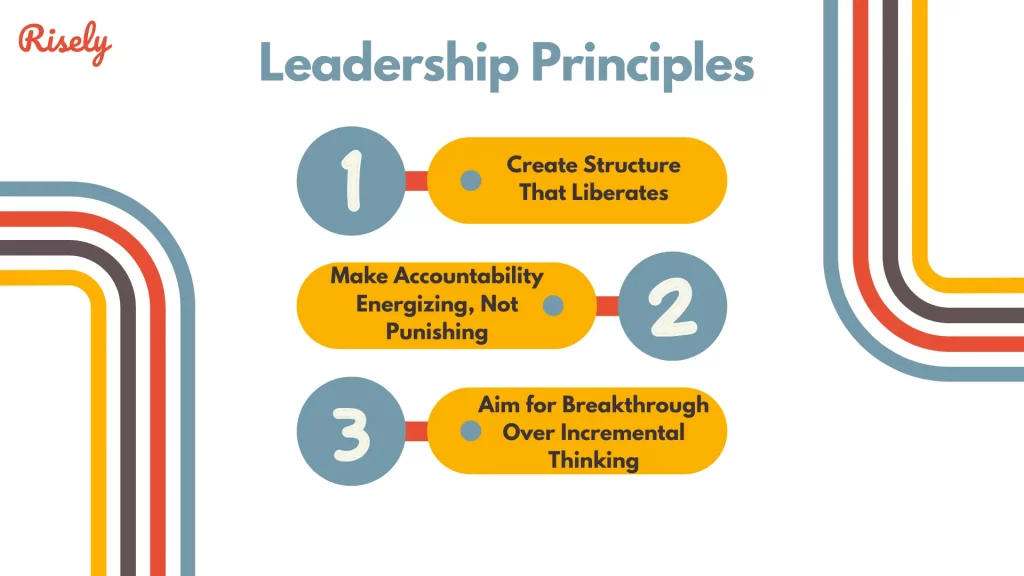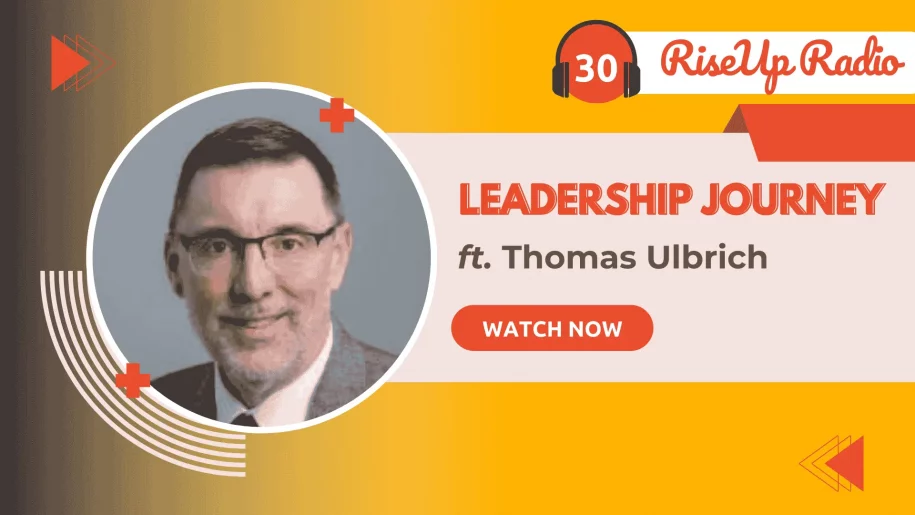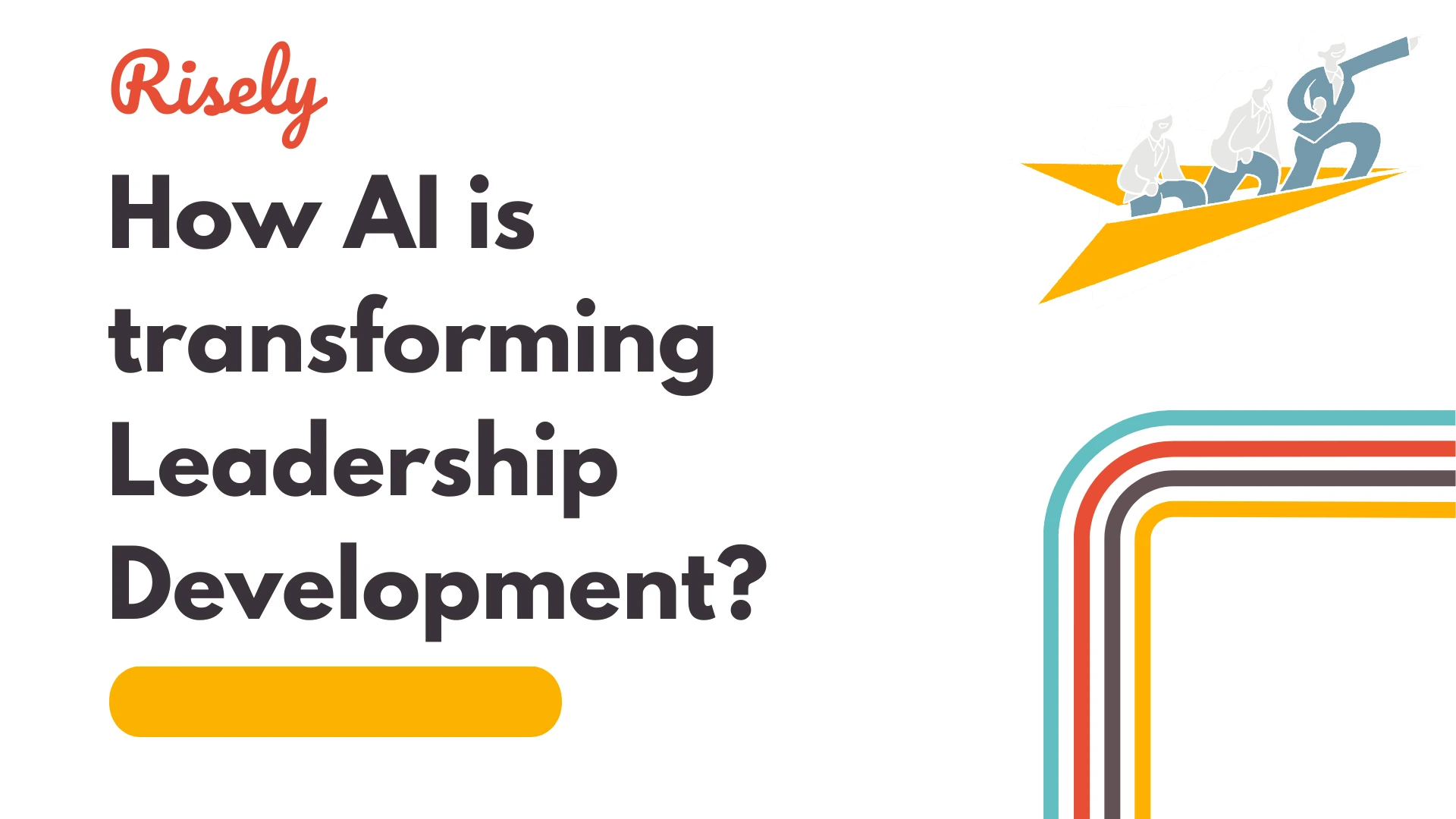How to Build a Leadership Journey? ft. Thomas Ulbrich
Effective leadership doesn’t always begin with a grand vision. Sometimes, it takes root in the courage to take the first step and learn along the way. In a recent RiseUp Radio episode, Thomas Ulbrich, who’s learned through experience not just strategy decks. From running a family business to leading change at Goodwill of Western New York, Thomas shares what it’s really like to grow into leadership and how you can build your own leadership journey. It’s an honest conversation about the messy, human side of becoming a leader and what actually helps along the way.Watch Now
Meet the Speaker

Thomas Ulbrich is passionate about blending the heart of social impact with the sharp edge of business strategy. As the CEO of Goodwill of Western New York, he’s on a mission to blur the lines between the nonprofit and for-profit worlds, proving that purpose and performance can go hand in hand. With a rich background in entrepreneurship and leadership across sectors, Thomas believes people are the real competitive advantage. He’s all about elevating human potential, and helping organizations dream bigger and do better.
Connect with Thomas: LinkedIn
Early Steps Toward Leadership
Ulbrich shares how he stepped into leadership at his family’s business feeling unprepared, learning to lead as he faced each new challenge. Like many of us when first stepping into leadership, Ulbrich initially thought everyone should think exactly as he did. Sound familiar? This mindset creates frustration for both you and your team members. The turning point came from a simple but powerful realization about what actually motivates people.The Power of a Big Vision
Instead of just managing tasks, he began inspiring commitment by painting a clear picture of what success looked like. When he articulated an exciting future state, team members found energy to overcome obstacles they previously considered insurmountable. This approach proved effective both in growing his e-commerce company and later directing the Center for Entrepreneurial Leadership at the University of Buffalo. People consistently responded to the “why” behind initiatives with greater enthusiasm than the “what” or “how.” As you think about your own leadership style, ask yourself: Are you supervising processes or inspiring people toward a shared vision? Do your team members understand not just what they’re doing, but why it matters in the bigger picture? Creating this big-picture vision doesn’t require grand eloquence. It simply means connecting daily work to meaningful outcomes that people care about. When you help team members see how their efforts contribute to something significant, motivation naturally follows. Lets walk you through leadership principles which you need to apply in your leadership journey.Which Leadership Principles can you apply?
Ulbrich’s approach contains several practical ideas you can implement immediately:
Create Structure That Liberates
When team members clearly understand boundaries and expectations, they actually feel more freedom to innovate within those parameters. Clear frameworks remove uncertainty and create psychological safety. Try this: Next time you delegate a project, spend extra time clarifying the non-negotiables and the areas where creativity is welcomed. You’ll likely see more initiative and less hesitation.Make Accountability Energizing, Not Punishing
Most of us have experienced accountability as something negative. Ulbrich takes a different approach by pairing accountability with continuous coaching. When your team members see that you’re as committed to their growth as to their performance, they start viewing feedback as helpful rather than threatening. This creates an environment where people actively seek guidance instead of avoiding it.Aim for Breakthrough Over Incremental Thinking
One of Ulbrich’s most powerful practices comes from challenging teams to think bigger. When asking for modest improvements, he receives conventional ideas. But when requesting dramatic improvements, people question fundamental assumptions and discover innovative approaches. Next time your team faces a challenge, try asking: “How might we improve this by 10 times rather than 10 percent?” Watch how this shifts the conversation from tweaking the current approach to reimagining it completely.Building Your Leadership Communication Skills
Communication might be where you can make the most immediate improvements in your leadership. Ulbrich discovered this when introducing organizational improvements at Goodwill. Initially using the term “change,” he encountered resistance from long-time employees. He noticed that the word “change” implied current methods were flawed, triggering defensive reactions. When he shifted to discussing “evolution,” he generated enthusiasm for the same initiatives. This small word choice produced dramatically different responses. Take a moment to consider your own leadership language. Are certain terms creating unnecessary resistance?Developing Yourself as a Leader
Leadership development requires more than reading books or attending workshops. Ulbrich emphasizes the importance of tackling real challenges and learning from both successes and failures. This explains why your most valuable leadership lessons likely came from situations where you had to make decisions with incomplete information and live with the consequences. As you plan your development, look for opportunities to take on projects that stretch your capabilities in new directions. But now, you might be thinking that developing yourself as a leader is an ongoing process but getting to know which leadership quality matters the most would help you navigate this leadership journey even better and smoother.Which Leadership Quality Matters the Most?
When hiring leaders, what does Ulbrich prioritize above all else? His answer: coachability. He explains that knowledge gaps can be filled and skills can be taught, but a closed mind limits all other development. The willingness to receive feedback, reflect honestly, and continuously evolve forms the foundation for leadership growth. This suggests an important question for self-reflection: How do you typically respond to feedback? Your answer might reveal your greatest opportunity for leadership advancement. Further reading: Mastering the Mindset Game: Growth Mindset vs Fixed MindsetBalancing Flexibility and Purpose in Your Leadership
Looking ahead, Ulbrich sees leadership becoming increasingly situational. The one-size-fits-all approach is becoming obsolete as effective leaders adapt their styles to different contexts, team compositions, and specific challenges. At the same time, people increasingly seek purpose and meaning in their work. Leaders who can’t articulate why their organization’s work matters will struggle to attract and retain talented team members. These trends suggest your leadership development should focus on flexibility while maintaining a consistent emphasis on creating meaning and community within your team. Now, let’s discuss what you actually need to prioritise in your leadership journey to amplify your growth in the process.Three Priorities for Your Leadership Growth
Based on Ulbrich’s experience, here are three specific areas to focus on as you develop your leadership capabilities:- Find mentors: Leadership isn’t learned in isolation. Seek out structured mentoring relationships that provide guidance and perspective from those who have navigated similar challenges.
- Understand human psychology: Leadership fundamentally involves understanding what motivates people. Invest time in developing your emotional intelligence and understanding of why people behave as they do.
- Master difficult conversations: Your effectiveness often comes down to your ability to have challenging conversations with both clarity and compassion. Practice addressing underperformance, navigating conflicts, and delivering tough feedback constructively.
Conclusion
Thomas Ulbrich’s leadership journey offers practical wisdom that can transform your approach to leading others. His emphasis on inspiring vision, people-centered leadership, and adaptive approaches provides a roadmap for becoming a more effective leader. As you continue developing, focus not just on managing more efficiently but on becoming someone who inspires others to accomplish what once seemed impossible. In today’s rapidly changing world, this ability might be your most valuable professional asset.Meet the Host

Ashish is an entrepreneur tackling workplace development challenges through Risely, an AI copilot that helps managers and leaders build essential people skills.
Drawing on his experience in technology and organizational behavior, he’s passionate about creating scalable solutions that transform how companies develop their talent. His mission is to empower leaders to build thriving teams and sustainable organizational success.
Connect: LinkedIn
How strong are your leadership skills?
Transform your leadership story with personalized, AI-driven solutions. Start your journey with Risely today!


